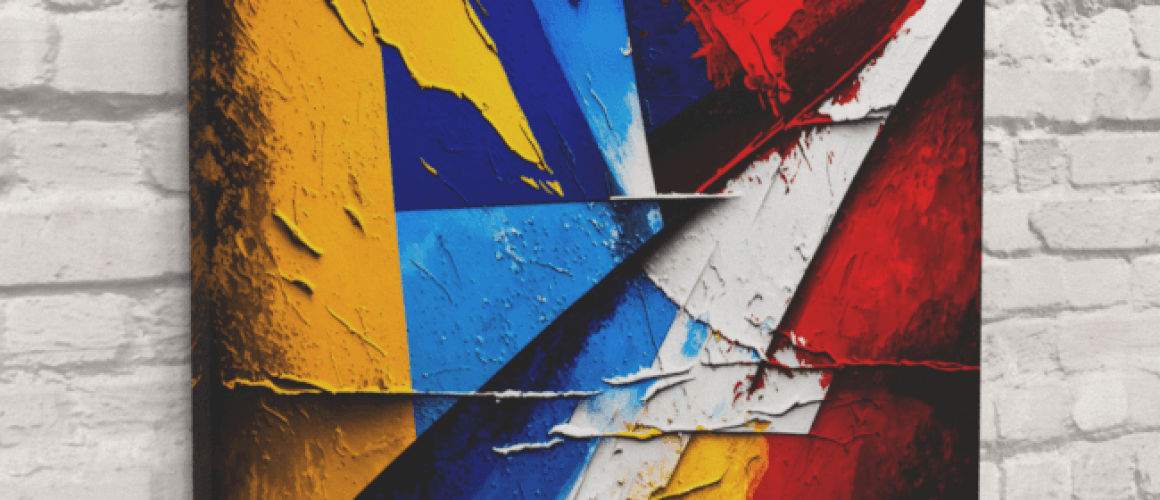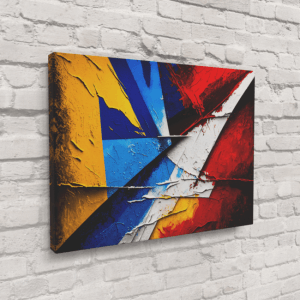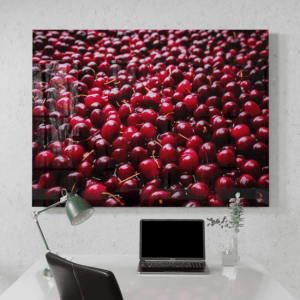The Evolution of Giclée on canvas Printing: Bridging Art and Technology
Giclée printing encapsulates the dynamic interplay between art and technology throughout history. Emerging in the late 20th century, this revolutionary technique has transformed the realm of fine art reproduction.This granted artists unparalleled mastery and exactitude in replicating their creative expressions. Within this essay, we embark on a journey to delve into the genesis, progression, and profound influence of giclée printing across time.
Origins of Giclée on canvas Printing
The term “giclée” (pronounced zhee-KLAY) is derived from the French word “gicler,” meaning “to spray” or “to squirt.” This is a fitting name, as the giclée printing process relies on high-quality inkjet technology to create art reproductions with remarkable accuracy and detail. The concept of giclée printing can be traced back to the 1980s when digital printing technology was in its infancy.
Before giclée printing, artists had limited options for reproducing their work. Traditional methods like lithography and serigraphy were expensive and required large print runs to be cost-effective. These methods often resulted in a loss of color accuracy and detail. Artists seeking to sell reproductions of their artwork faced a daunting challenge.
The Birth of Giclée Printing
The emergence of giclée printing on canvas can be attributed to the convergence of several key factors. First, the development of high-quality inkjet printers capable of producing fine art reproductions. This offered a wide color gamut and resolution played a pivotal role. These printers used pigmented inks, which offered greater longevity and color stability than traditional dye-based inks.
Second, advancements in digital imaging and color management software allowed artists and printmakers to control every aspect of the printing process.Artists were to input color calibration to image adjustments. This level of control was unprecedented and gave artists the ability to reproduce their work with unparalleled fidelity.
In the early 1990s, two American printmakers, Jack Duganne and Graham Nash, are often credited with popularizing the term “giclée.” Duganne coined the term to describe high-quality, inkjet prints produced using the Iris printer. Iris was one of the early inkjet printers capable of producing fine art reproductions. Nash, a musician and art enthusiast, saw the potential of giclée printing and became a pioneer in promoting its use for fine art reproduction.
The Giclée Printing on canvas Process
Giclée printing is characterized by its meticulous and precise printing process. The process typically involves the following steps:
- Digital Scanning: The artist’s original artwork is scanned using high-resolution digital scanners to capture every detail and color nuance.
- Color Calibration: The digital file is carefully calibrated to ensure color accuracy and consistency across different output devices.
- Printing: The image is printed using high-quality inkjet printers with archival pigmented inks. These printers can reproduce a wide range of colors and achieve exceptional detail.
- Substrate Selection: The choice of printing surface, such as canvas or fine art paper, is crucial in achieving the desired texture and appearance.
- Finishing: Once the print is complete, it may undergo additional processes such as varnishing or stretching if it’s printed on canvas.
- Editioning: Giclée prints are often produced in limited editions, with each print being individually numbered and signed by the artist to enhance their value and collectibility.
Impact on the Art World
Giclée printing has had a profound impact on the art world, influencing both artists and collectors:
- Artistic Freedom: Giclée printing has given artists greater control over the reproduction of their work. Artists can create reproductions on-demand, eliminating the need for large print runs and minimizing storage costs.
- Color Accuracy: Giclée prints are known for their exceptional color accuracy and longevity. The use of pigmented inks ensures that the prints can retain their vibrancy and quality for decades, if not centuries.
- Accessibility: Fine art reproduction has become more accessible to a wider audience due to giclée printing. Art enthusiasts can purchase high-quality prints of their favorite artworks at a fraction of the cost of an original.
- Collectibility: Limited edition giclée prints have become highly collectible, with art collectors seeking out these prints for their value and scarcity. The art market has recognized the legitimacy of giclée prints as valuable art objects in their own right.
- Preservation of Originals: Artists can archive their original works while still making them accessible to a broader audience through giclée prints. This helps preserve the longevity and condition of the original artwork.
Challenges and Controversies
Despite its many advantages, giclée printing has also faced some challenges and controversies. Critics argue that the ease of reproduction and the availability of unlimited editions can devalue the concept of original art. Additionally, there have been concerns about copyright infringement and the unauthorized reproduction of artworks.
The Future of Giclée Printing
As technology continues to advance, giclée printing is likely to evolve further. Innovations in inkjet printing technology, color management, and materials will continue to enhance the quality and longevity of giclée prints. Moreover, as digital art becomes more prevalent, giclée printing will play an increasingly important role in preserving and sharing digital artworks.
In conclusion, the history of giclée printing is a testament to the symbiotic relationship between art and technology. This printing process has empowered artists, expanded the accessibility of fine art, and elevated the status of reproductions in the art world. As giclée printing continues to evolve, it will undoubtedly shape the future of art reproduction and distribution for generations to come.






